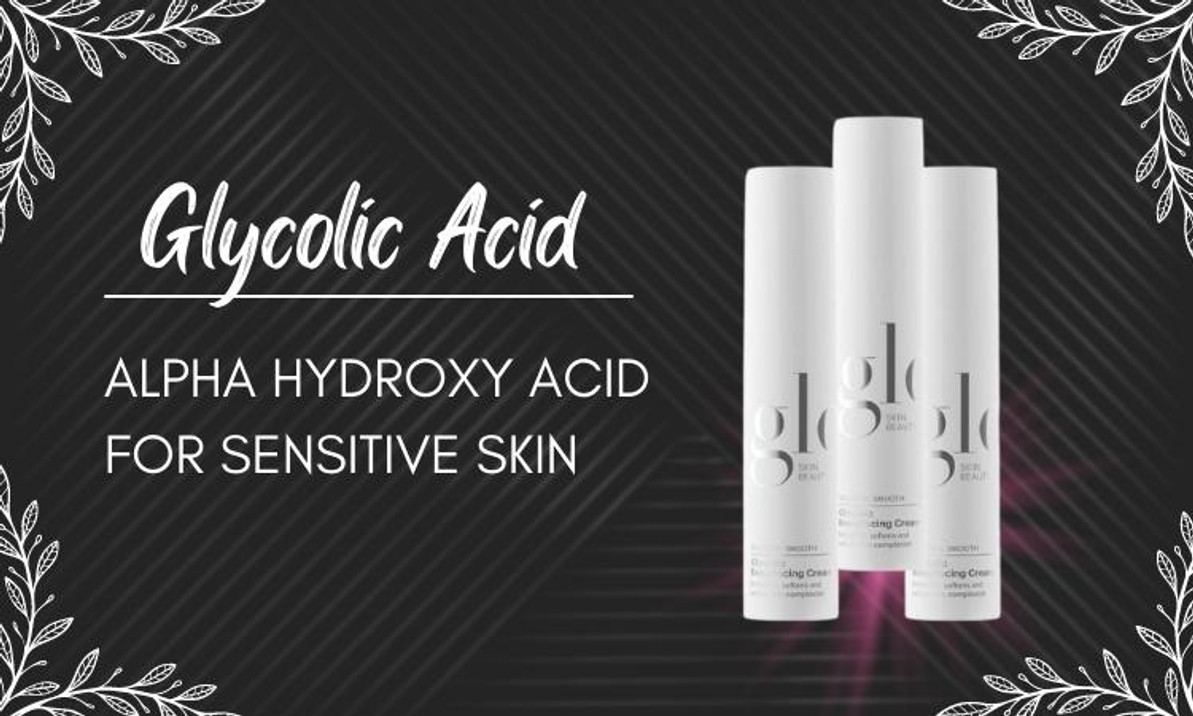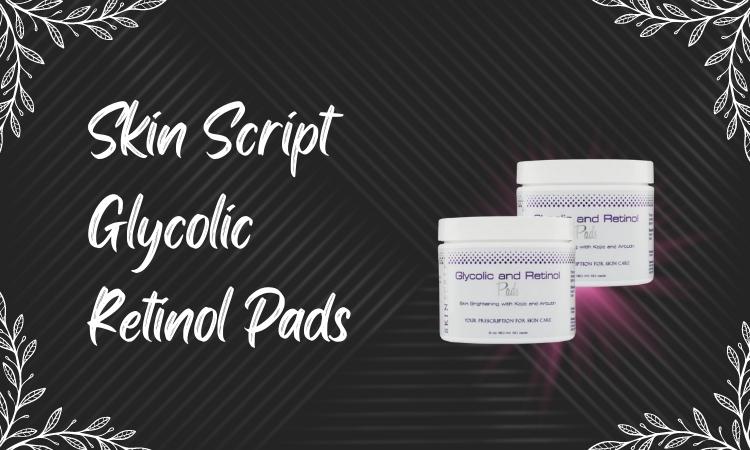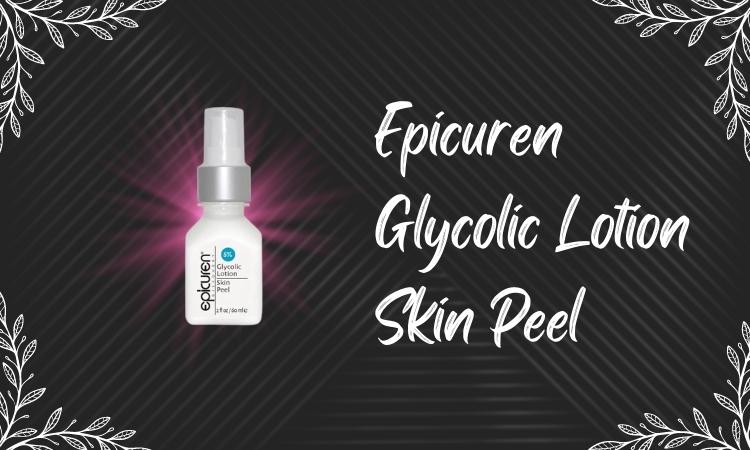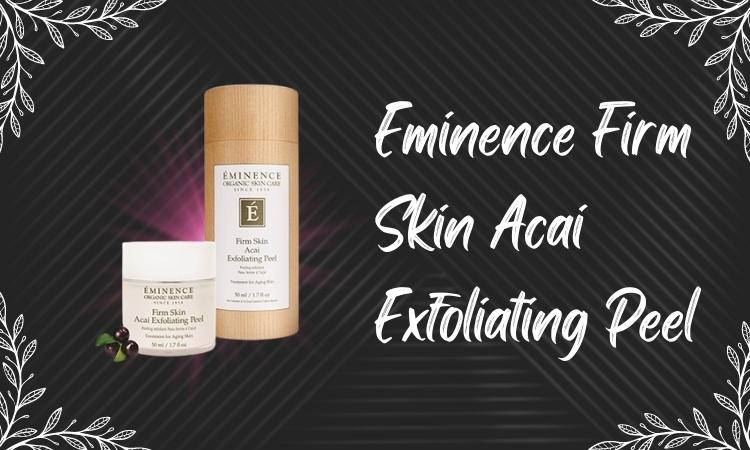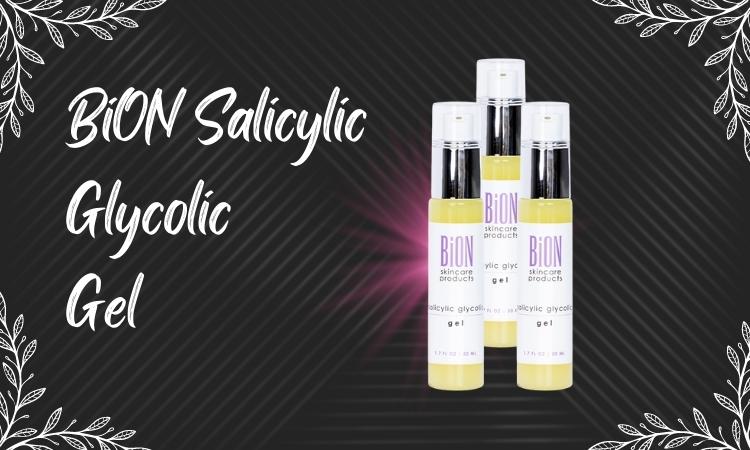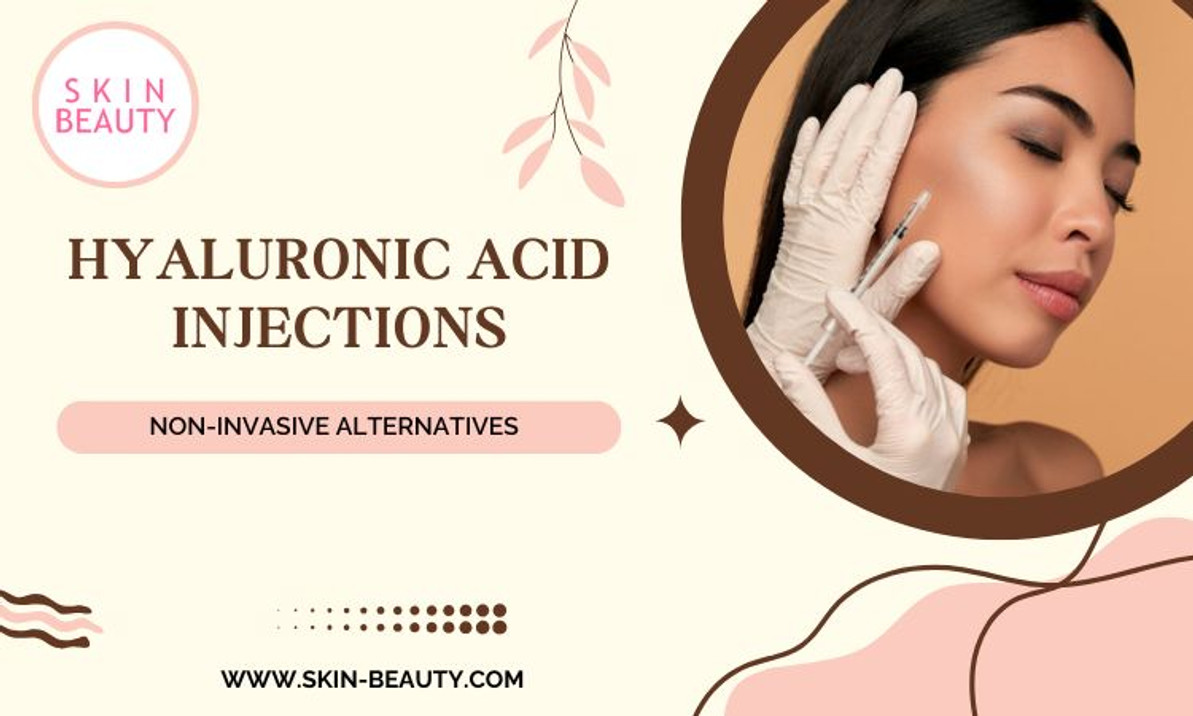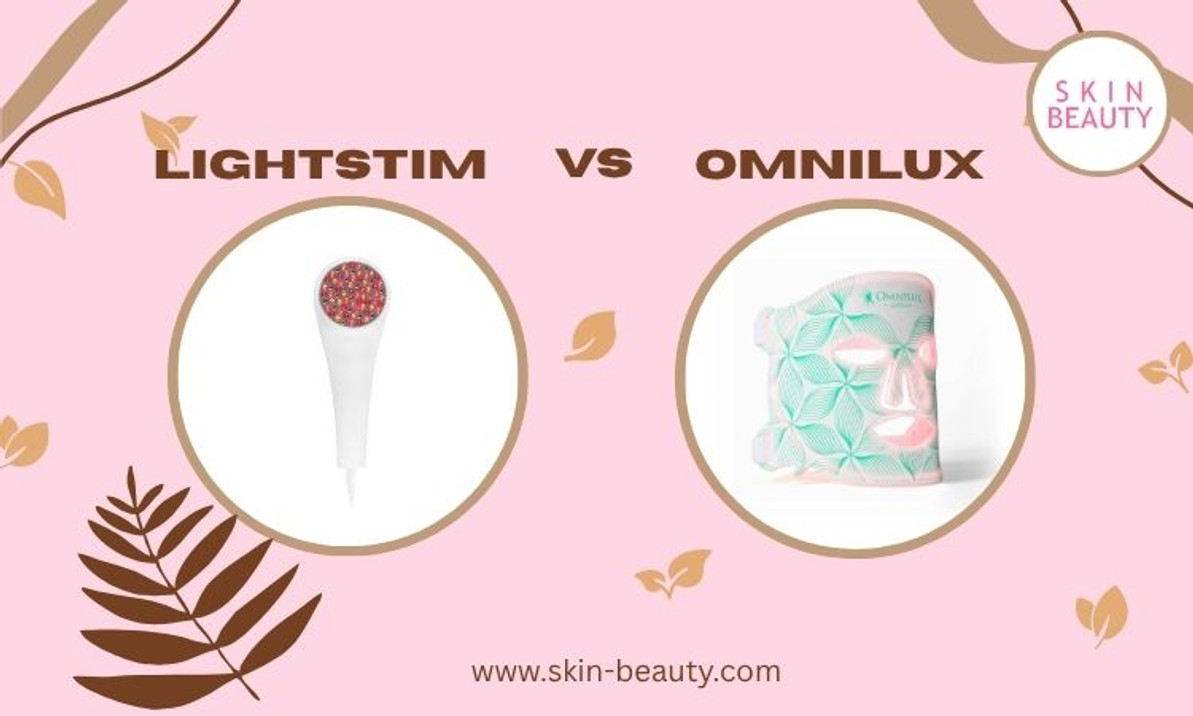Glycolic Acid: the #1 Alpha Hydroxy Acid for Sensitive Skin
What is glycolic acid?
Glycolic acid is an alpha-hydroxy acid commonly sourced from sugar cane. It joins other acids you might be familiar with, such as lactic acid and citric acid, but glycolic acid is unique. Of all the AHAs, glycolic acid is the most straightforward structure. With a lower molecular weight, this small molecule makes it easy to penetrate your skin for effectiveness, creating anti-aging benefits.
Reduce deep wrinkles, fade dark spots, and reduce acne scars to promote cell turnover
Glycolic acid has many impressive benefits that don't tend to cause skin irritation, making it one of the most popular ingredients in the skincare industry. In addition, glycolic acid is a popular acne treatment for those with cystic or acne-prone skin.
So, what does glycolic acid do exactly? In short, this ingredient is designed to exfoliate your skin texture naturally by gently shedding dead and dull skin cells.
Some of the most common benefits of glycolic acid include the following:
- acne
- large pores
- dullness
- hyperpigmentation
- sunspots (also known as age spots)
- signs of aging (including fine lines and wrinkles)
- keratosis pilaris
- hyperkeratosis
- psoriasis
- reduction in deeper wrinkles
- anti-aging chemical exfoliant
- minimizes the appearance of dark spots
- anti-inflammatory benefits
- speeds cell turnover
- increases collagen production
- effective exfoliant for dead skin cells
- prevents pores from clogging
- cystic acne treatment
Chemical exfoliants & chemical peels with salicylic acid for glowing skin
Glycolic acid products can range from concentrated serums sold at stores like Ulta to medical-grade glycolic acid peels, usually only available in spas or sold by licensed professionals. Since glycolic acid is safe for all skin types, glycolic acid products can be found in various forms like pads (our favorite Skin Script Glycolic and Retinol Pads,) lotions, creams, and toners. When choosing a product type with glycolic acid, consider your skin type, and use the product sparingly, especially if using it for the first time. Substantial concentrations in chemical exfoliants, peels or general overuse can lead to sensitivity, redness, or irritation. Glycolic acid should always be at a pH between 3 and 4, considered the optimal exfoliation range. Concentration matters, too; amounts between 5 and 10 percent of glycolic acid are ideal. Always consult your board-certified dermatologist before making significant changes to your skincare routine.
Here are Skin Beauty's three favorite products for a glowing complexion:
- Epicuren Glycolic Lotion Skin Peel 5%: Delivers solutions for dullness, dark spots, fine lines, large pores, acne, and scars.
- BiON Salicylic-Glycolic Gel: A highly effective cleanser that keeps pores clear and bacterial control against acne and other undesirable bacteria and their acne-promoting skin concerns.
- Eminence Firm Skin Acai Exfoliating Peel - Unique, dual-textured natural cotton rounds firms the skin by restoring elasticity. Deeply hydrate and reduce fine lines and wrinkles while antioxidant-rich acai improves the skin's texture.
With all new exfoliating products, you should start with a small amount and see how your skin does with glycolic acid. If you are prone to sensitive skin, it is essential to be careful when using it and apply a small amount to the outermost layer. A cleanser containing glycolic acid can be an excellent way to test this skincare ingredient for the first time. You can also start with a lower percentage of glycolic acid products to see how your skin reacts. Generally, a higher percentage of acid in more potent treatments can produce faster results. Still, it also increases skin sensitivity, making it essential that a professional glycolic acid chemical peel is done under the supervision of a board-certified licensed professional and done infrequently (once a month).
Using glycolic brightening serum to exfoliate dead skin cells & boost collagen production
Glycolic acid is most recommended for use with standard, combination, and oily skin types. However, those with dry skin, severely sensitive skin concerns or highly reactive skin should proceed with caution when considering a potent glycolic acid peel, even with acne-prone skin.
Though glycolic acid is safe for reactive skin, we highly suggest starting with a patch test and only using half the recommended amount to ensure you do not over-exfoliate; stop using a product immediately if irritation occurs.
Another popular way to add glycolic acid into your skincare routine is with a toning solution. We prefer Le Mieux Brightening Toner with mandelic acid for a toning solution or Eminence Facial Recovery Oil for a serum. When glycolic acid products are used, your skin can adequately be relieved of dead skin cells and begin to produce collagen.
Remember that exfoliants can be harsh on your skin, so be sure you are gentle when using a face scrub or face wash, and try to find cruelty-free products when adding a new skincare ingredient to your daily use.
Is a Glycolic acid peel safe for those with an uneven skin tone?
When adding glycolic acid to your skincare routine, it is essential to consider your skin's sensitivity in the winter. Especially if you have acne-prone skin, uneven skin tone, or sensitive skin, your skin's barrier function is easily compromised in colder dry weather, making it more susceptible to sun exposure and allowing the glycolic acid to penetrate deeper into the skin's surface. Protect sensitive or acne-prone skin from harsh effects by using SPF during the day and remembering not to over-exfoliate when using glycolic acid. So again, it is safest to start small when you use glycolic acid for sensitive skin; yes, glycolic acid peels are safe. Always wear protective clothing in the summer months to limit sun exposure to your skin, and reduce the risks of sun damage.
The ideal AHA acid for more reactive skin types is mandelic acid, which has anti-inflammatory properties. However, common AHAs include glycolic acid, lactic acid, mandelic acid, tartaric acid, and citric acid, with glycolic acid being the most powerful.
Can you increase collagen production with glycolic and lactic acids?
Since glycolic acid is such a small molecule, it can get deeper into your skin, where it does some serious work. Glycolic acid stimulates fibroblasts in the outermost layer of your skin to produce increased amounts of collagen. By stimulating collagen production, your skin will feel firmer, and the glycolic acid acts as a minimizer for fine lines and wrinkles.
Just like glycolic acid, lactic acid removes dead skin cells. In addition, it sparks the regeneration of new cells and stimulates collagen and elastin production. Lactic acid is often part of formulas for anti-aging formulas because of its smoothing and lifting properties.
Depending on your age, skin type, and any particular skin complaints you may have, we recommend combining acids based on age. AHAs and BHAs can undoubtedly be mixed. For example, a salicylic-based cleanser can be used, for oily skin, followed by a glycolic acid toner. Generally, glycolic acid is excellent for dry, dehydrated, or combination skin, whereas salicylic acid would be perfect for oily/acne-prone skin. Overall glycolic acid is safe, and we recommend it for all skin types!
Recent Posts
-
Hyaluronic Acid Injections
Hyaluronic Acid Injections: What to Know & Non-Invasive Alternatives That Actually Work In the p …Jun 17th 2025 -
Kojic Acid Creams
My Kojic Acid Journey: How One Ingredient Transformed My Skin (And the Best Kojic Acid Creams to Try …Jun 11th 2025 -
LightStim vs. Omnilux
LightStim vs. Omnilux: My Real LED Skincare Results & Which One I Recommend LED light therapy&nb …Jun 3rd 2025

